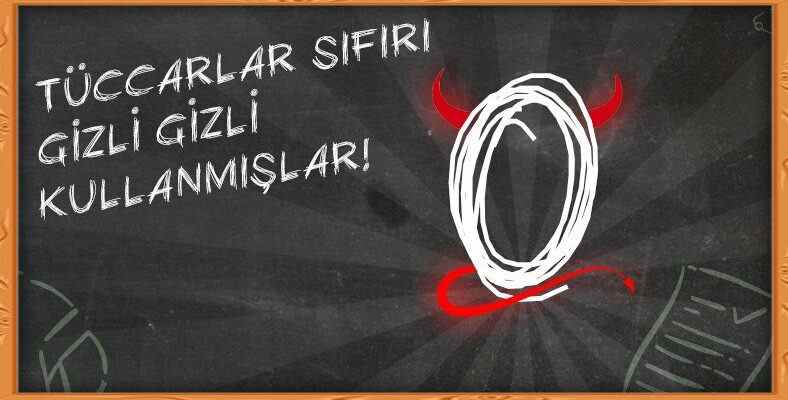Zero, which we accept as a natural number today and which is a concept that expresses nothingness, was actually found much later than other numbers. Despite the contribution of many different cultures, let’s look for answers to these questions in the dusty pages of history.
The codes that form the basis of the computer technologies we use today consist of ones and zeros. While numbers and mathematics were discovered thousands of years ago, the emergence of zero, which is indispensable today, took place centuries later. Today We assume that zero is a natural number. and we use it as a concept expressing nothingness. The story of its emergence contains quite extraordinary details.
As we are used to today, we write a zero to a digit that has no numerical value, and we all understand that there is a space there. However, hundreds of years ago, different shapes were used to express the void. Many different civilizations followed many different methods to fill this gap. It was the Arabs who reached the final result. Even for this reason banned by the church for a while. How did zero come about, who found it, let’s look for answers to these questions in the dusty pages of history.
Who found the zero? It was the Sumerians who started it all:
The Sumerians, who lived in Mesopotamia between 4 thousand and 2 thousand years BC, are among the oldest known civilizations in history and have their signatures on many firsts. The Sumerians invented the first counting system in the world. The Babylonians who came after them also took this system and continued to use it by adding different symbols.
The number system found by the Sumerians passed to the Akkadians after the Babylonians. According to the book The Nothing That Is: A Natural History of Zero by Robert Kaplan, this system Fields with no numerical value were left blank. Later, double angle ()-like lines started to be used to solve this confusing situation.
While these were happening in Mesopotamia, in the Americas, thousands of kilometers away. In 350 AD, the Mayans began to use a similar zero. They used a zero-like sign as a placeholder in the calendar system they had invented. According to Robert Kaplan, this was the closest sign to zero, even if it wasn’t a zero.
How did zero come about? Indians used zero as both a number and a concept:
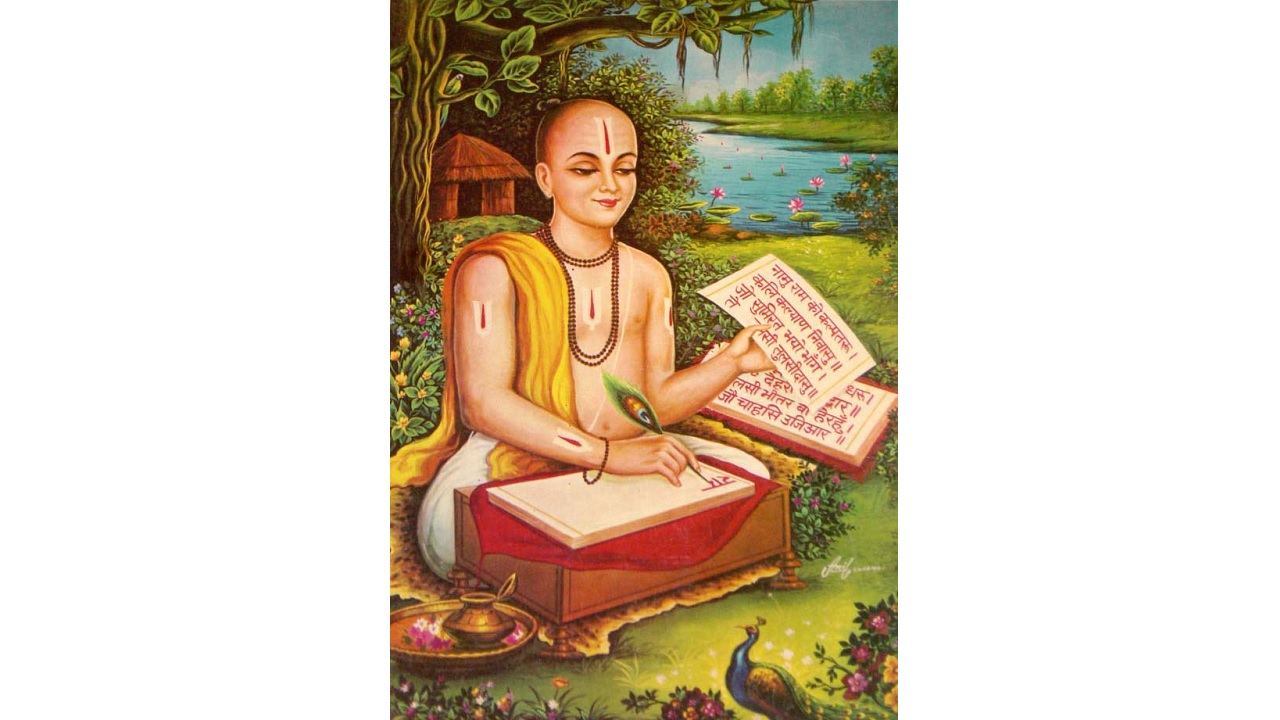
Although it is not certain, it is estimated that the number system of the Sumerians passed through the Babylonians to India. In fact, the Indians did not need such a number system to find zero. because they already had zero in their culture. In the Indian inscriptions of 458 BC, the word śūnya, which today means zero in Sanskrit, was used to mean empty. Śūnyata, a concept belonging to Buddhism, is used even today to mean emptying the mind.
Experts who think that there is a connection between Indian philosophy and mathematics, lived in 628 AD. Indian astronomer and mathematician Brahmagupta They speculate that he developed a zero-like sign and concept.
The graffiti on a temple in Gwalior, India, dates to the 9th century and is thought to have been the first zero in history to be used here. Gift of jewelry until a Bakhshali manuscript found in 1881. Carbon tests on this zero-used manuscript point to the 3rd or 4th century. So zero actually originated much earlier than we thought.
The first zero in real terms was developed by Harezmi:
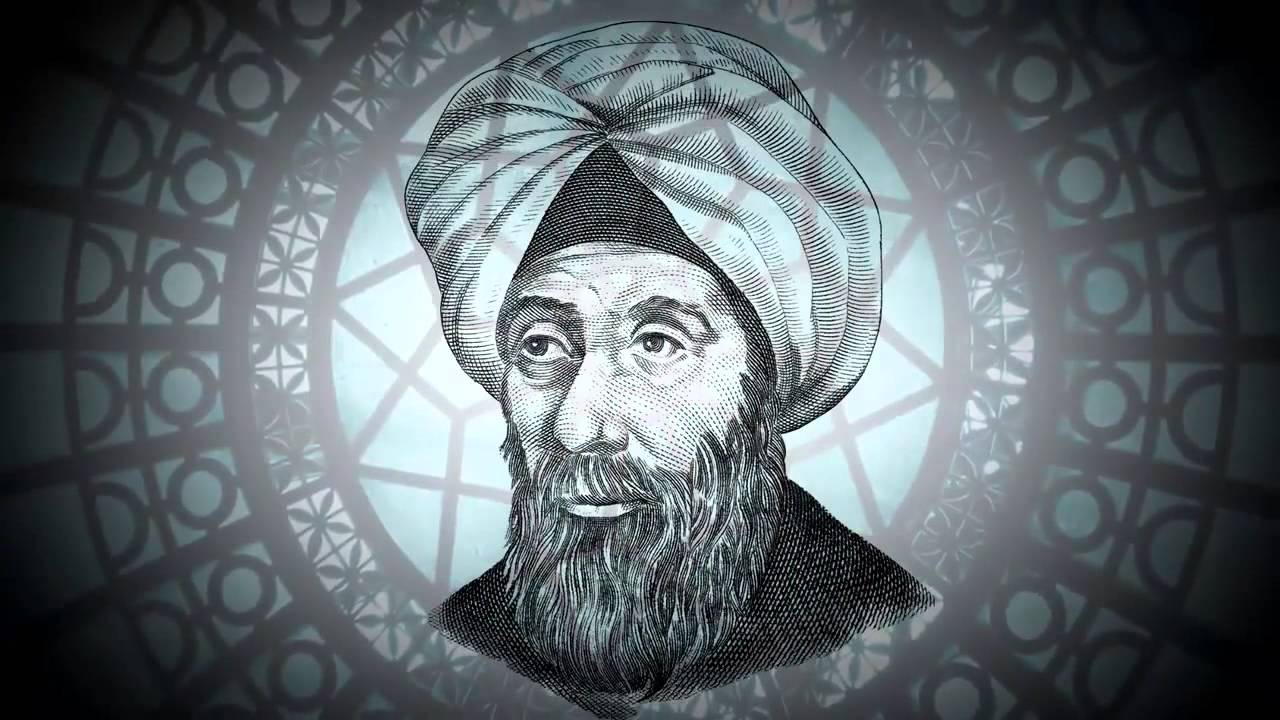
The Indians, who developed the number system they received from the Sumerians over their own cultural structures and revealed the concept of zero, shared this knowledge with their neighbors over the years. They began to share it with the Chinese and Arab peoples. According to estimates, the concept of zero reached Baghdad in 773 and became part of the Arabic number system.
He lived between 780 – 850 and worked on subjects such as mathematics, geography, astronomy, algorithms. Khwarezmi; He was the one who developed the zero as we know it today. In his math and algorithm calculations, Harezmi would draw a small circle in the gaps and call them zero. The first true zero, both in shape and numerical sense, are considered these small circles.
Europeans were frightened, thinking that zero was evil:
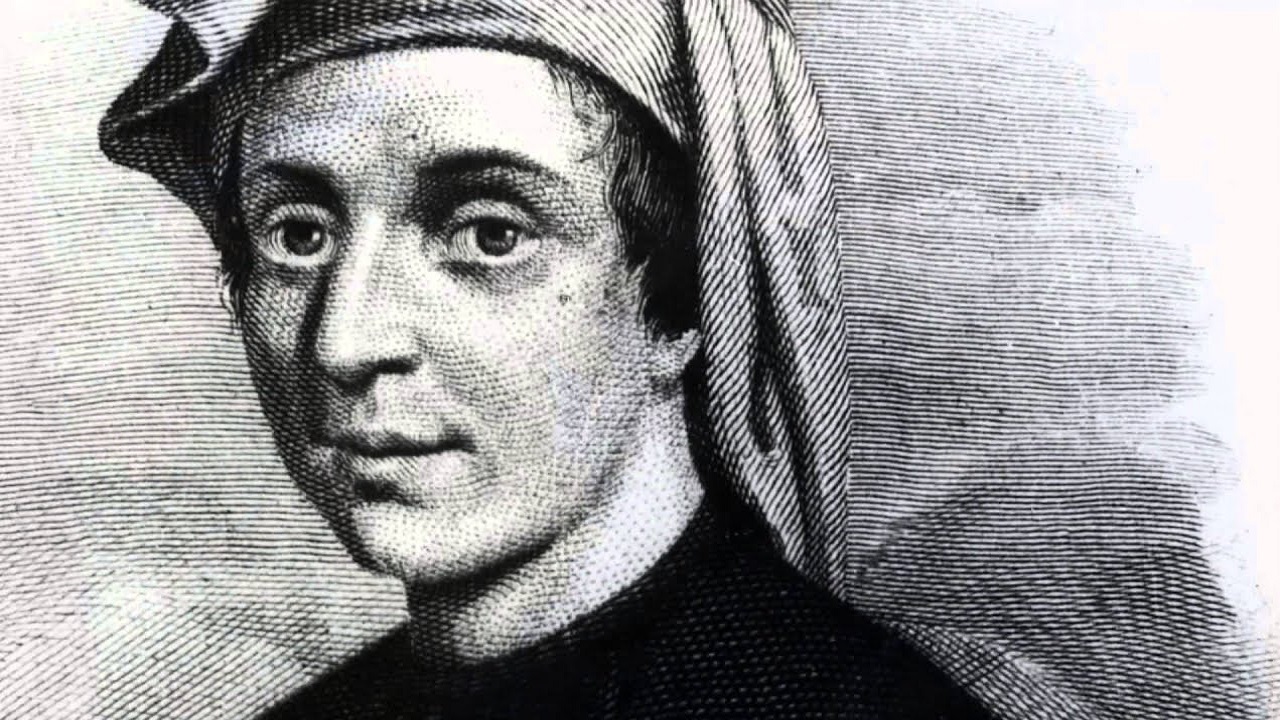
After the conquest of Andalusia in Spain by the Muslim Arabs, cultural exchange began between the two peoples. During this shopping Europe met zero. The Italian mathematician Fibonacci further developed the zero he learned from the Arabs and created equations to be used in commercial calculations.
During this period, Europe was experiencing a dark age under the pressure of the church. existing according to the church everything was from God, and nothingness was from the devil. In other words, the zero, which signifies absence, was also from the devil and was therefore forbidden to be used. It was officially forbidden for a long time because it was viewed with suspicion because it came from Muslim Arabs.
Of course, you can ban everything, but trade always finds a solution. Zero was such a convenience for commercial calculations that Although it was officially forbidden, European traders continued to use zero, albeit secretly. By the 17th century, zero had become widely used. Rene Descartes used zero in the Cartesian coordinate system and Sir Isaac Newton in his own work.
What does zero do?
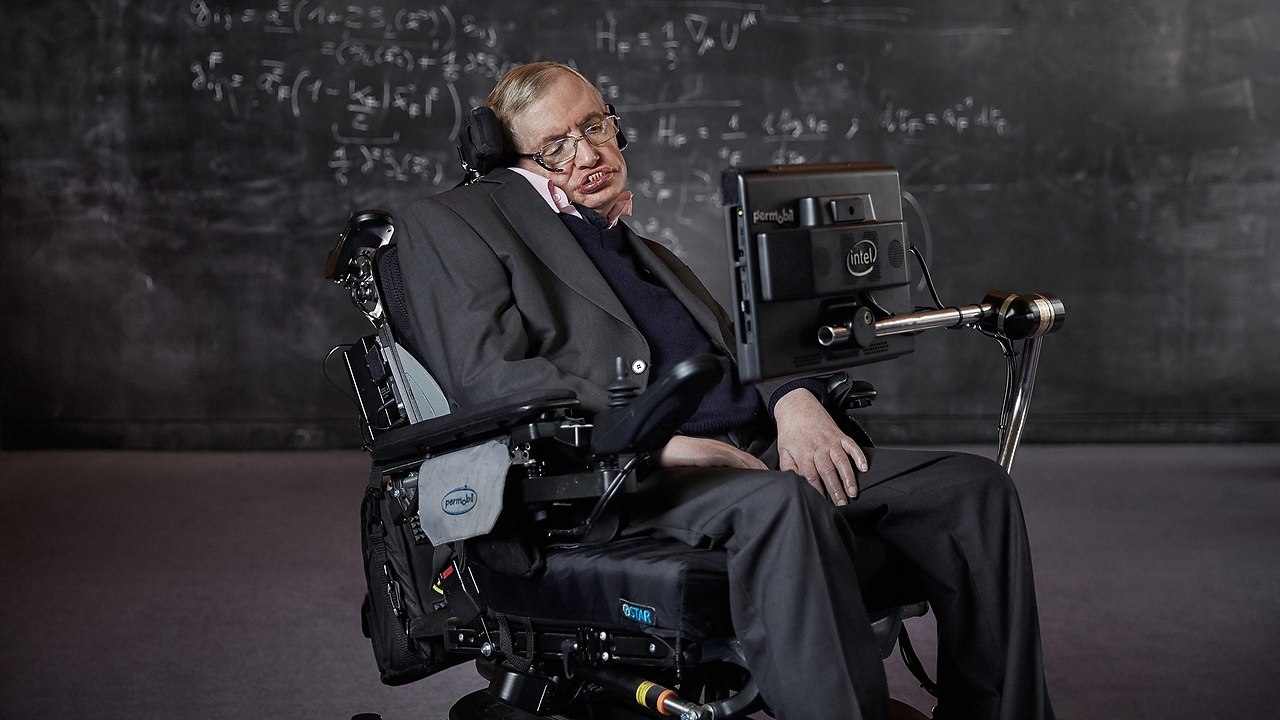
We use zero as a natural number, but still today some mathematicians argue that space is not a number and therefore They argue that there should be no such thing as zero. You may find it interesting that nothingness is expressed with a concept when we get away from the subject and think about it, but when it comes to practice, it turns out how important zero is.
According to Peter Gobets, president of the ZerOrigIndia Foundation, the concept of space is central to modern physics and According to many scientists such as Stephen Hawking, the universe is It is seen as a zero-sum game.
When we look at it today, almost all of the mathematics, physics, engineering, finance and economics systems that we know in the modern sense, It emerged after zero became widespread in Europe. Needless to say, even the device you are reading this article on works thanks to the commands of machine codes created using ones and zeros.
A concept that we accept as a natural number today and expresses nothingness. how did zero come about, who invented zero We talked about the interesting story of zero by answering the curious questions. You can share your thoughts on the subject in the comments.
